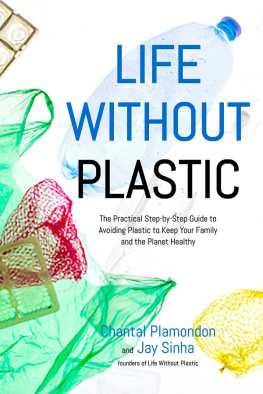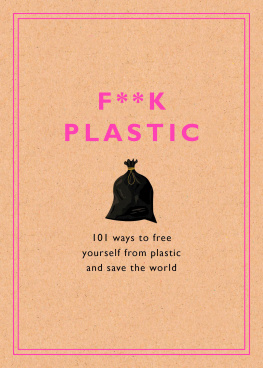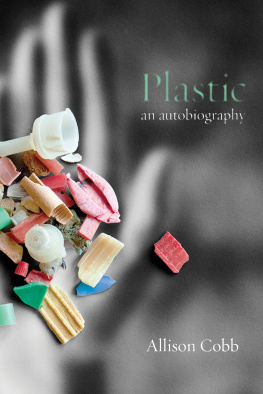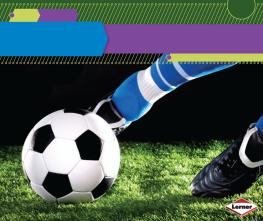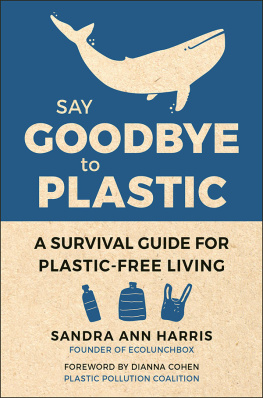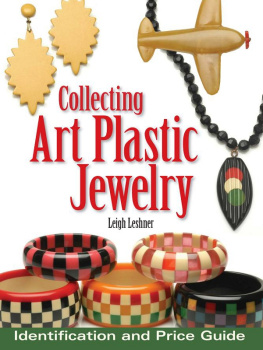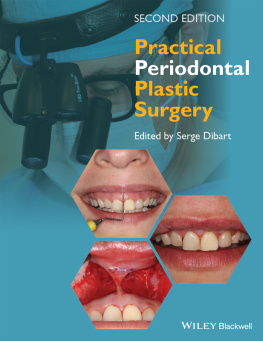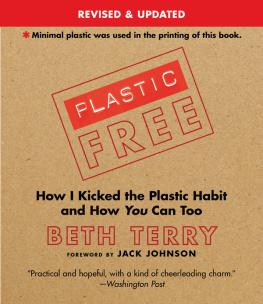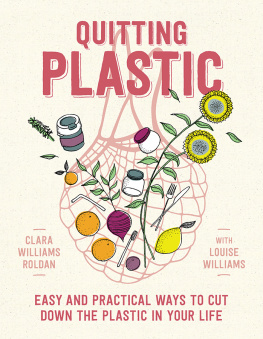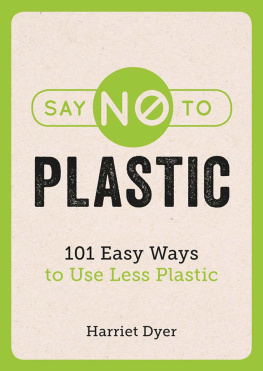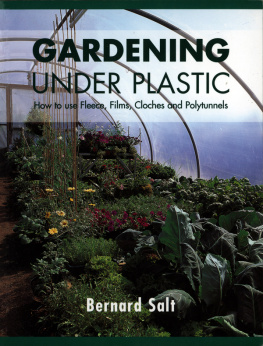LIFE
WITHOUT
PLASTIC
The Practical Step-by-Step Guide to Avoiding Plastic to Keep Your Family and the Planet Healthy
Chantal Plamondon
and Jay Sinha
founders of Life Without Plastic

The author and publisher have provided this e-book to you for your personal use only. You may not make this e-book publicly available in any way. Copyright infringement is against the law. If you believe the copy of this e-book you are reading infringes on the authors copyright, please notify the publisher at: http://us.macmillanusa.com/piracy.
Please note that some of the links referenced throughout this work are no longer active.
For Jyoti, who started us on this journey and illuminates the way every day.
by Beth Terry
Ten years ago, I read an article about ocean plastic pollutiona problem Id never heard ofand saw the shocking image that changed my life. The photo revealed the decayed carcass of a baby albatross whod starved with a belly full of plastic, plastic it had been fed by its mother who mistook lighters, toothbrushes and bottle caps floating in the ocean for food. My heart broke as I realized that my personal choices could be causing harm to creatures thousands of miles away, and that very day, I embarked on a mission to see if it would be possible to live without plastic. I created a blog to report on my progress eliminating everyday plastics: disposables like single-use bottles, bags, cups, straws, food wrappers, shampoo containers, lip balm and toothpaste tubes and, yes, toothbrushes, but also durable plastic items like food storage containers and ice trays that I no longer wanted in contact with what I was going to put in my mouth.
Finding a Tupperware replacement proved difficult. All of the stainless steel containers I had tried were fine for short-term use in the refrigerator, but they werent airtight or leakproof, so I couldnt store food in the freezer long-term or use them to carry soup for lunch without worrying about making a mess in my backpack. A year later, I finally found Life Without Plastic, an online shop offering an ingenious series of airtight and watertight stainless steel containers that could solve my problem. I emailed the owners for a sample to review, and thats how I met Jay Sinha and Chantal Plamondon, authors of this book and dear friends.
Of course, all relationships have their ups and downs, and ours started out a little less than perfect. When I finally received my beautiful new Life Without Plastic container, I was dismayed to discover that the container itself came wrapped in a thin plastic bag inside the box. I thanked them for the container but mentioned that I wished it had come without plastic packaging. I honestly didnt expect my message to do much good, so I was delighted when they responded, agreeing that the plastic wrap wasnt great and that they would try to phase it out. And then, they actually went to work doing just that. Life Without Plastic is one of the few for-profit companies whose main purpose for existing is to combat the plastic pollution problem, and Jay and Chantal are some of the most ethical business people I have met during my plastic-free journey.
In 2012, I included profiles of plastic-free heroes Jay and Chantal in my book, Plastic-Free. And today, I am thrilled to introduce their book, Life Without Plastic, the newest addition to a growing body of literature on plastic pollution and actions individuals can take to reduce plastic in their own lives. Unlike other practical how-to books, Jay and Chantal discuss the topic from the point of view of business owners who have seen aspects of the supply chain that are hidden from most of us ordinary consumers. And they provide the most up to date information on the problem, as well as details on different types of plastics and related toxicity issues and the pros and cons of various alternatives. I hope you will read and enjoy this book, and most of all, put it to use. All of us can be part of the solution to plastic pollution!
Beth Terry is the creator of the website MyPlasticfreeLife.com and author of Plastic-Free: How I Kicked the Plastic Habit and How You Can Too.
I have an idea! exclaimed Chantal.
For Jay, those words have always been a source of excitement and wonder, and sometimes trepidation. Chantal often has ideas that appear as flashes of creativity, fresh and raw and untamed by practicalities; ready to be molded into action through a plan developed together. Of course, the challenge is always picking and choosing which ideas to actually implement using our limited life energy and resources. Focusing where we can have the greatest impact while living our values. Sometimes we dont even think about all that. We just go for it.
This one was a keeper.
What about an online store selling alternatives to plastic products? said Chantal.
We were on a road trip from our 1930s-era third-story apartment in Ottawa to Chantals fathers suburban home in Sainte-Thrse, Quebec, just north of Montreal, on our way to a family get-together. Our two-year-old son was fast asleep in his snug car seat. Road tripslike walks in the forest or on the beachhave always been fertile ground for our idea generation and development.
There was an electricity around this online store ideawe had been searching for a way to reduce our impact on the planet through a business that could support our lifestyle and values, and getting rid of plastics was a high priority. Our skill sets and interests fed into it nicely. Chantal had a passion for ethical business, and had always wanted to start her own. Jay had a scientific background spanning biochemistry and ecotoxicology. Combined with our shared love of the natural world and healthy living, the potential was vast. The idea quickly grew into a tangible entity.
Then came the really fun part
So, what should we call it?
When we say the word plastic, what is the first thing that comes to your mind?
Maybe a crinkly, cellophane-like grocery bag, or a white-capped, clear single-use water bottle. Maybe a toy. LEGO? A Tonka truck? A doll, perhaps?
Maybe you think of credit cards. Its so easy these days to pay with plastic. And even the actual physical currency is plastic in some countries. In Canada, for example, the paper bills are no longer paper; they are biaxially-oriented polypropylene plastic, and you can see through them.
Or, if youre already attuned to this plastics issue, maybe you see that bag caught in a tree, or that bottle or rubber ducky floating down your local river. Perhaps youve seen a massive patch of floating plastic somewhere out on the high seas of the North Pacific Oceanwhich, by the way, just to bring your vision into ominous focus, is actually a ubiquitous soupy smog rather than a giant solid island. Or maybe youve seen an autopsy being done on a seabird to reveal a stomach full to bursting with colorful pieces of jagged, lethal plasticplastic we use in our everyday lives, perhaps just for a few minutes, before trashing or recycling it.
Hold your image.

An all too common sight: a discarded single-use disposable water bottle floating in the ocean
Now consider this string of words: Life without plastic.
What comes to mind?
Probably the word impossible, right?
So, is it possible to live without plastic?

